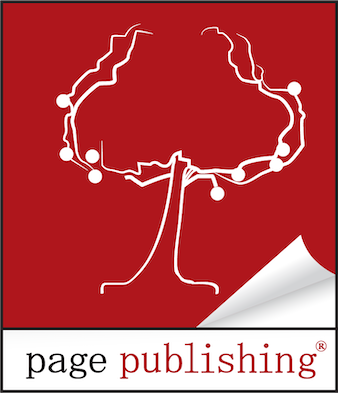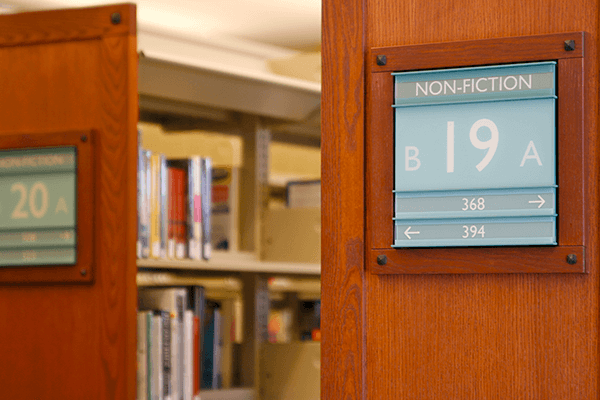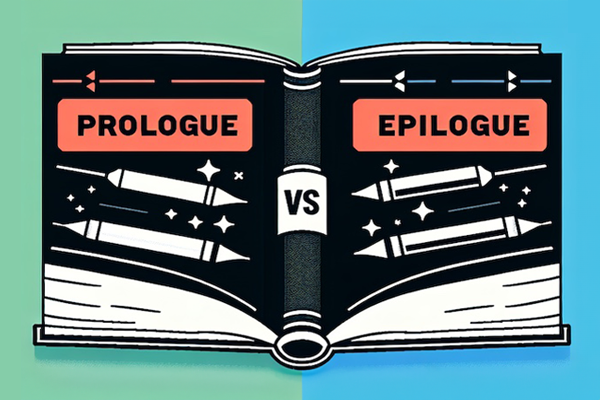
Navigating TikTok for Authors: Your Essential Guide to Getting Started

In today’s digital landscape, TikTok has emerged as a vital platform for storytelling and audience engagement. As an author, venturing into TikTok’s world of short, captivating videos can significantly amplify your reach and connect you with readers in a dynamic way. If you’re contemplating how to begin, this step-by-step guide is tailored to help authors like you make a memorable entrance into the TikTok community.
Understanding the TikTok Terrain
First, grasp what sets TikTok apart. It thrives on quick, trend-driven content, fostering a vibrant and interactive community. This is a place where creativity meets spontaneity.
Crafting Your TikTok Persona
- Install the App: Your journey starts by downloading TikTok and setting up an account.
- Pick a Username: Opt for a handle that reflects your author brand, ideally mirroring your other social media handles. This should be specific to your persona as an author, not your personal life.
- Bio Design: Craft a succinct bio that highlights your author identity and promotes your latest work. Adding a website or a link to your other platforms is a plus.
- Visual Identity: Choose a profile picture that speaks to your author brand, like a professional headshot or your latest book cover.
Identifying Your Audience
- Who Are Your Readers? Think about who reads your books. Are they young adults, mystery lovers, or sci-fi enthusiasts? This knowledge shapes your content strategy.
- Connect with Peers: Follow fellow authors, especially those in your genre, to glean insights into their engagement strategies.
Content Creation Strategies
- Begin with Basics: Initial posts can be straightforward – introduce yourself, discuss your books, or share your author’s journey.
- Jump on Trends: Engage with current trends, adapting them to your literary niche.
- Behind-the-Scenes Glimpses: Share your writing routine, book teasers, or your reading list.
- Share Your Expertise: Offer insights into writing, publishing tips, or industry perspectives.
- Interactive Content: Encourage follower interaction through comments, questions, and community-driven content.
Video Production Tips
- Lighting Matters: Ensure your videos are brightly lit; natural lighting or a ring light can do wonders.
- Prioritize Clear Audio: Good sound quality is non-negotiable. Record in quiet spaces and consider an external mic for enhanced clarity.
- Explore TikTok Features: Utilize TikTok’s editing tools and effects to add flair to your videos.
Harnessing Hashtags
- Integrate relevant hashtags like #BookTok, #AuthorsOfTikTok, #WritingCommunity, or genre-specific ones to boost your content’s reach.
Consistency Wins
- Regular posting keeps you visible and engaged with your audience. Test different posting schedules to see what works best.
Collaborate and Expand
- Team up with other authors or genre influencers for broader exposure.
Track Your Journey
- Utilize TikTok’s analytics to understand your audience’s preferences and adapt accordingly.
Authenticity and Enjoyment
- Above all, TikTok values genuineness and enjoyment. Stay true to who you are and have fun with the platform.
Embracing TikTok can open up new avenues for connecting with your readers and introducing your work to a broader audience. By following these guidelines, you can effectively carve out your space in the TikTok world and engage with your readership in a novel and impactful way. Remember, success on TikTok is about being genuine, consistent, and adaptable to its ever-evolving landscape. Dive in and discover the potential of TikTok for your author journey! 📖💬✨





